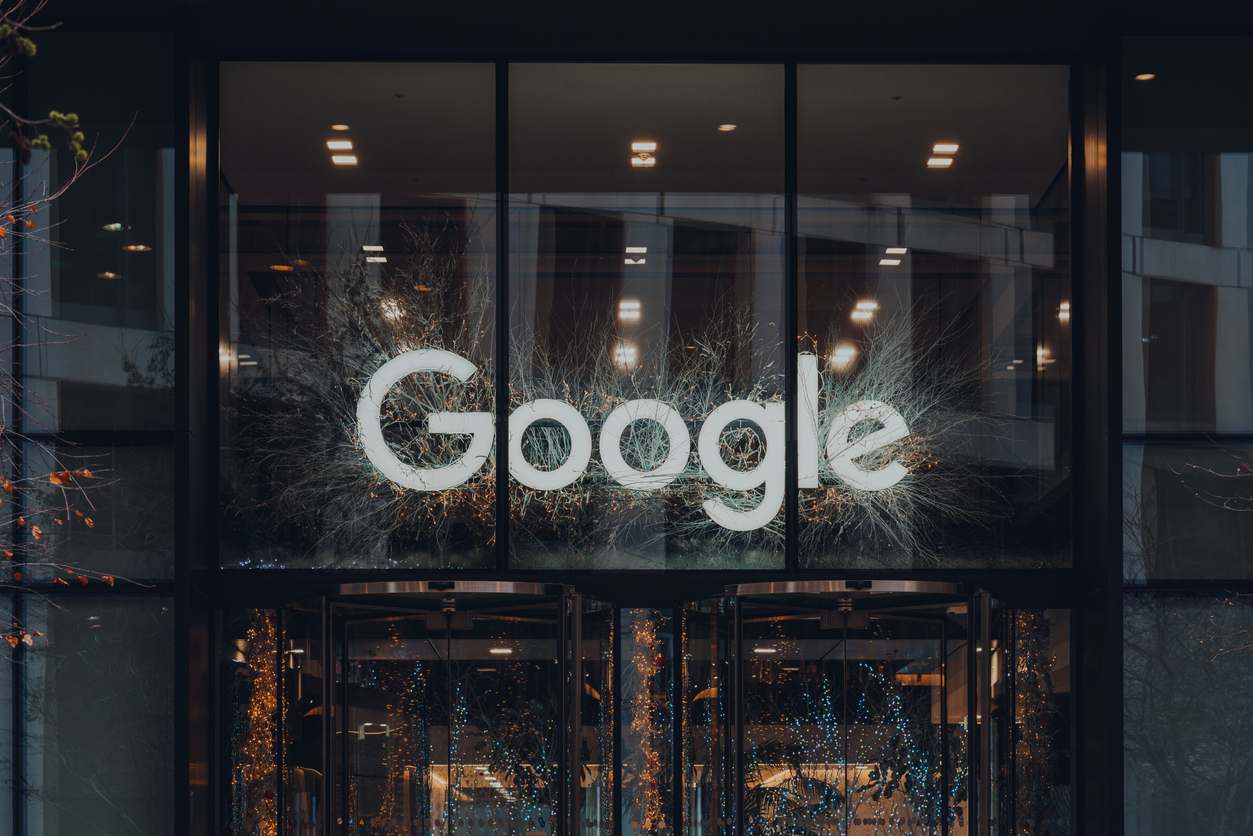
Performance Max campaigns is the latest product that Google has been encouraging marketers to use in an effort for us to start committing to using AI, machine learning and automation. For someone who has always been loyal to more manual-based strategies and just scratched the surface of what automated bidding can do, the thought of Performance Max initially was met with some hostile and very sarcastic comments from myself.
At first, this campaign type felt like I would be letting go of any element of control that I have over my client’s campaigns and leaving it all in the hands of Google’s ever-evolving algorithms.
But since these campaign were unleashed to the wider market and using them daily on a range of accounts, I think it’s time I compiled my thoughts and shared them with fellow digital marketers who, like me, are still sceptical about Performance Max and Google’s AI in general.
What Is A Performance Max Campaign?
In November 2021, Google launched their shiny new product to their Google Ads platform with an over-zealous name – Performance Max. They described it enthusiastically as their latest innovation in combining first party data with Google’s machine learning to go after your ideal customer at the right time. There was also no need to create individual campaigns for each campaign type, as Performance Max combines Search, Display, Shopping and Video all together in one neat Asset Group.
But that’s not all.
Instead of painstakingly hand-picking keywords and selecting bids, you now create Audience Signals. This is where you choose different data sets, audience segments and custom segments to give Google a ‘signal’ to go after your ideal customer.
On the surface it sounds like Google has offered Ad users the perfect solution when it comes to saving time, spending budgets efficiently and taking the guesswork out of bidding for the right uses at the right time.
But does Performance Max deliver the results Google promised us back in 2021?
My First Thoughts On Performance Max Campaigns
When I first started using Performance Max campaigns, I was pleasantly surprised. Firstly, it worked within the budget that you gave it and if you wanted to increase or decrease the budget, it worked to scale the results. Also, if at any point it did flag that it was limited by budget, it never asked for an obscene increase, showing that it was following meaningful data and going after a targeted audience. This was a refreshing observation compared to using the automated bidding strategies that in my opinion can turn into budget burners very quickly.
Secondly, once I built my audience with the first party data, audience segments I knew converted highly on other campaigns and some high-performing keywords as search terms, I found that it was delivering meaningful results at a lower cost than the standard campaigns like search.
I also found it was very easy to build the campaign, make edits to assets and Audience Signals and also create multiple Asset Groups if there were creatives or audiences that you were wanting to test.
Is Performance Max Just A Glorified Black Box?
Although the initial setup and data segmentation for Performance Max was relatively smooth, it was once you get into the analysis that I encountered my first issue. Although I could see campaign-level data, it lacked the granular information that you see in other campaign types. Although Google Ads is nice enough to provide an Insights tab that gathers some data from the campaign, it doesn’t show you any meaningful data that you can use to further optimise the campaign.
For instance, in one Asset Group you have search, shopping, display and video ads. Let’s say that the campaign level data is showing that you are getting a 5 ROAS for your client from this campaign. There is a lack of data that shows what part of the Asset Group was responsible for driving these results – or on the flip side, what parts are underperforming and possibly bringing the ROAS down.
If you also have multiple Asset Groups within 1 Performance Max campaign, it’s also very difficult to compare which Asset Groups are performing the best.
On the one hand, I understand why Google doesn’t want us to see the granular data, as this campaign type relies on us marketers keeping our grubby hands off the controls and letting the AI do it’s thing. But it can make it difficult to report to clients on what is specifically performing well on the campaigns and also what we can do to make the campaigns even better and help the AI to optimise further.
Google have also recently promised marketers that they will be introducing more granular insights for Asset Group performance in 2023, so watch this space.
When Should You Use Performance Max Campaigns?
In my experience from using Performance Max Campaigns, I’ve noticed that there are a few requirements when using this campaign type to its full potential and avoid causing harm to the rest of the campaigns.
Firstly, you need video content in your Performance Max campaign in order to achieve optimal results. This will also include having a YouTube account and sharing the content into Google Ads via the YouTube link. If you don’t put a video into the Asset Group, Google Ads will automatically generate a video for you and in my experience, the video is poor and resembles a GCSE slideshow. This is something that you definitely don’t want running on YouTube ads and representing your brand, so if you definitely don’t have any video content to run, I wouldn’t recommend using Performance Max campaigns.
Secondly, make sure you have strong image-driven content. Over the last couple of years Google has been pushing advertisers to avoid using imagery that has text over-laying and instead use image-driven content with either minimal text or no text at all. This is the same for the Performance Max campaigns, as Google uses the images and text that you provide to create the Display Ad for you. If you are familiar with using Responsive Display Ads in standard Display Campaigns, then this won’t be anything new.
Finally, and possibly the most important one, make sure you have first party data. As I mentioned before, Performance Max campaigns use Audience Signals where you combine your data with Google’s audience to go after the right people at the right time. This makes sense since you are feeding Google data of people who have taken meaningful action. So if you don’t feed this data into your campaigns, you’re relying just on Google’s data. Although this can still drive decent results, you won’t be getting the full potential out of your Performance Max campaign.
What Does Performance Max Mean For The Future Of Google Ads?
In my previous blog post, I spoke about the future of AI and what this can mean for marketers and Google and Performance Max campaigns are securely at the forefront of this evolution. I believe that this campaign type is here to stay and will lead the rest of Google Ads into a more automated, data-driven world, but it won’t leave human marketers behind.
Remember, Performance Max campaigns are only as good as the data that you give them.
So although they can provide fancy machine learning and interesting audience segments, these go hand-in-hand with your first party data, your captivating content and your incentivising headlines.
It’s important that we learn to embrace this new era of AI, but not forgetting that it’s only as good as the human behind the screen.






